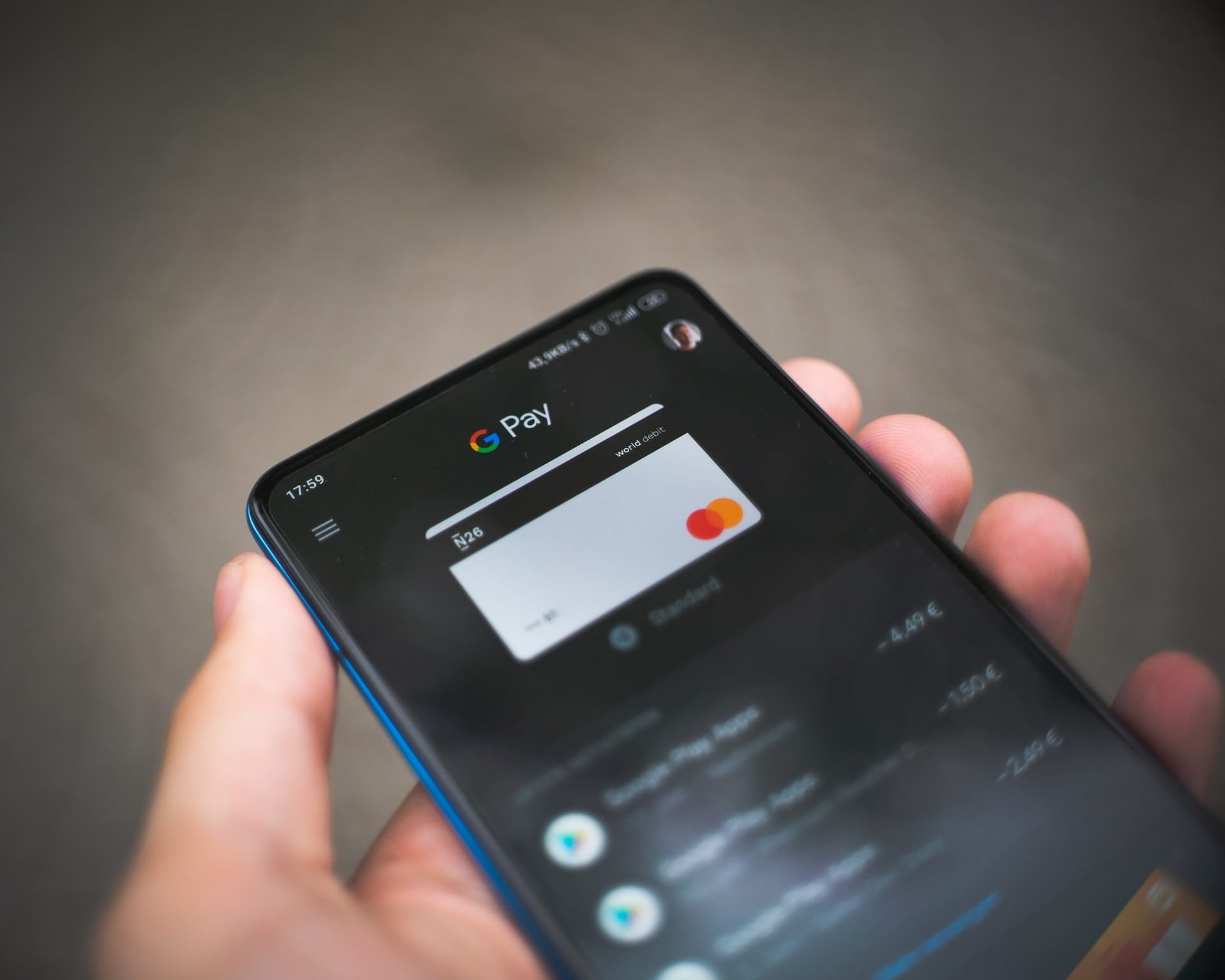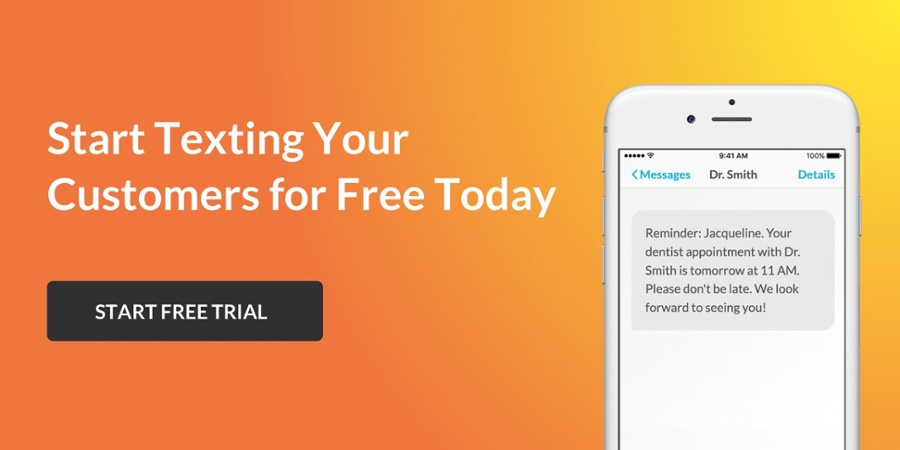The payment gateway vs payment processor conversation is key for any business looking to accept credit and debit card payments online. This is especially true if you’re setting up mobile payment solutions like text-to-pay.
So, what is a payment gateway? And how do they differ from payment processors?
In short, payment gateways collect card information from shoppers and verify their authenticity. Payment processors liaise between clients’ and businesses’ banks, meaning they authorize fund transfers, move funds out of clients’ accounts and deposit those funds into business accounts.
These technologies are essential to text-to-pay systems and online point-of-sale infrastructure. In this guide, we’re breaking down both concepts in detail to help you create a robust customer payment platform.
What is a Payment Gateway?
Whether you’re setting up your first eCommerce site or looking to implement text-to-pay, a payment gateway will be crucial to your digital infrastructure.
Payment gateways perform two important tasks on the client-facing side:
- They request billing information like card numbers, security codes and billing addresses
- They confirm to customers that their payment has been received
Behind the scenes, payment gateways confirm that customers’ card information is correct and transmit this information to payment processors. Payment gateways don’t move funds but they initiate the transaction process and provide an interface clients can use to complete purchases.
What is a Payment Processor?
Payment gateways don’t move funds, but payment processors do. Payment processors:
- Use card or bank information provided by a customer to find that customer’s bank account or credit account
- Request funds from the customer’s financial institution
- Move the requested funds from the client’s bank account to a business’s bank account
Payment processors aren’t client-facing, and customers are highly unlikely to use their interfaces. On the other hand, businesses work closely with payment processors to ensure that clients’ funds are requested and deposited correctly and securely.
What is a Third-Party Payment Processor?
It’s important to note that most payment processors are third parties: entities separate from a business’s internal structure.
Without a third-party processor, businesses would have to set up a secure digital method for locating customers’ digital accounts and requesting funds from these accounts. While this doesn’t sound complex, payment processing must be:
- Highly secure – Liaising between banks requires robust cybersecurity infrastructure. Financial institutions don’t release funds (or accept them) from just anyone. Since they have a duty to protect their client’s security, they only interface with highly legitimate financial entities.
- Compliant – Credit and debit card payment processors must comply with robust regulations like the Payment Card Industry (PCI) and Data Security Standard (DSS) guidelines. These regulations are highly nuanced, and established processors know how to meet and navigate them.
Since developing a digital interface that’s both highly secure and compliant with regulations requires substantial technological, financial and legal expertise, the work of payment processing is largely left up to third-party experts.
Key Differences Between Payment Gateways and Payment Processors
Now that we’ve defined each entity in the customer payment process, let’s break down the payment gateway vs payment processor comparison in more detail by exploring some key differences between them.
#1 Function
Payment gateways and payment processors have distinct functions.
Payment gateways:
- Collect information from customers
- Encrypt the data provided by customers for transmission to a payment processor
- Offer customers confirmation that a payment has been processed
Payment processors, on the other hand, use information transmitted by gateways to:
- Identify a customer’s financial institution
- Request funds from that institution
- Move funds from the client’s account to a business’s account
Both of these players are key to the transaction process, but they play very different roles.
#2 Integration
Since payment gateways are client-facing, they’re typically integrated into brands’ websites, mobile apps and other digital channels. Third-party payment processing infrastructure, on the other hand, isn’t connected to a business’s platforms. While businesses may interface with a processor’s digital system, customers typically don’t.
Integration is an important consideration for brands, and they must determine how, when and where customers will interact with the payment gateway when they make purchases via:
- Web browsers (desktop and mobile)
- Smartphone apps
- SMS and text-to-pay
#3 Service Providers
For tech-savvy brands with digital payment experts on staff, integration might be a simple process. But, companies outside of the tech space might consult with contractors or other third parties to build and implement gateways.
Sometimes, a third party will offer both gateway and processing services, or a business’s gateway partner will connect a brand to one of their trusted processing partners.
Text-to-Pay: A Payment Gateway
In the world of online payments, text-to-pay is emerging as a powerful payment gateway for online transactions. For today’s businesses, it’s important to understand that text-to-pay is a payment gateway not a payment processing method.
With SMS mobile payment solution providers like Textedly, businesses can:
- Collect customer payment information via text
- Transmit that data securely to payment processors
- Send payment confirmation messages to customers
These functions can make purchases more streamlined, simple and accessible for customers looking for easier and more intuitive ways to shop. Plus, text-to-pay can be integrated seamlessly with other SMS functions, like:
- Text message marketing
- Coupon, sale and promotion code redemption
- Auto-pay and payment reminders for recurring transactions
Advantages of Text-to-Pay as a Payment Gateway
Whether or not a business is already using SMS for other functions (like payment reminders or marketing), text-to-pay offers a variety of advantages for brands as well as customers.
Convenience
Simply put, text-to-pay is as convenient for businesses as it is for clients. There are two reasons why SMS payments are so seamless:
- They’re automated – Like making a payment on a desktop browser page, paying via SMS doesn’t require intervention from a customer service or sales representative (unless the client needs additional support, of course).
- SMS is the gateway – When businesses set up text-to-pay, gateway services can be built-in. Payment information moves directly from the SMS chat to the payment processor, making it as easy to make and process payments via SMS as paying in a browser.
Security
With today’s powerful message encryption technology, customers and businesses can make SMS purchases with confidence.
Since messages are encrypted, and text-to-pay is its own payment gateway, the process is highly secure. Clients can easily comply with cybersecurity regulations, and customers can enjoy the same security they would when making a traditional online payment.
Real-Time Transactions
Like other online payment methods, text-to-pay offers nearly instant transaction processing. And confirmation messages are instant, too. When customers make SMS purchases, they’ll receive real-time confirmations in the platform they’re already using. There’s no need to leave the browser shopping window to check their email for a purchase confirmation.
Real-time shopping helps both customers and businesses. When all their purchases are processed in real-time, brands can:
- View and assess up-to-the-minute sales data at any time
- Speed up order processing times
While fast processing is always a plus for customers, businesses can use real-time data to tweak marketing strategies at a moment’s notice, check on the progress of a recent sale or promotion and make decisions that reflect current sales metrics.
Leverage Text-to-Pay, SMS Marketing and More with Textedly
If you’re considering implementing text-to-pay, it’s critical to understand the difference between payment gateway vs payment processor concepts and integration.
And, if you’re looking for an SMS provider who can do it all, turn to Textedly. We offer streamlined text-to-pay (with built-in payment gateway services), SMS marketing, automated customer service functions, and so much more. If you’re ready to embrace the future of SMS in ecommerce, we can help.
Sign up for a 14-day free trial to send messages that will boost your sales and connect you with your growing customer base.







.png)